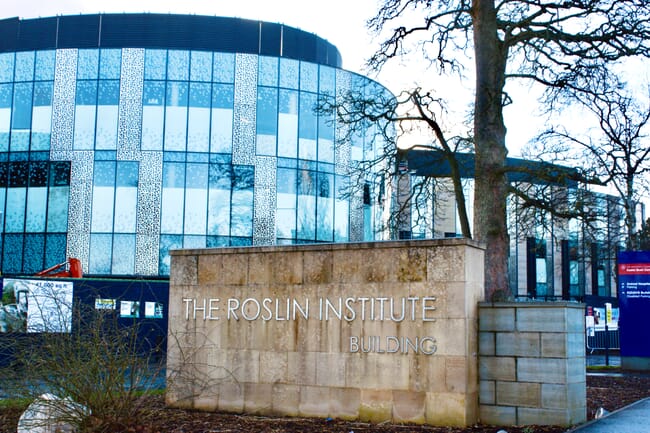
© Ross Houston
A Roslin Institute research team at the University of Edinburgh, has developed a protocol to study the genetic makeup of tough tissues, such as fish skin and fins.
Their technique, which optimises an existing method of extracting the nucleus from cells to study corresponding DNA and RNA, meets a need for a standardised practice to remove the nucleus from a variety of tissue cells. This method has allowed scientists to study the cells’ genome, helping them to better understand how these cells function.
This protocol was developed to work with Atlantic salmon, as obtaining good quality nuclei from skin samples in the fish has previously been challenging, experts report.
Sample quality
The scientists sought to develop a method that enables sample quality to be preserved, without using enzymes or heat which can damage cells, especially in cold-blooded species such as fish.
This method isolates the cell nuclei by putting frozen and minced tissue samples in a specialised salt solution and filtering the solution until debris are removed and only the nuclei remain.
Specialised equipment then reads genetic information from the individual nuclei, facilitating the preparation of libraries for genomic sequencing.
Community need
The Roslin experts identified the need for a protocol to apply to tissue such as Atlantic salmon skin, which is difficult to work with due to its toughness, the presence of connective tissue and its fat deposits.
Dr Rose Ruiz Daniels, postdoctoral research fellow stated in a press release: "We use this method here in Roslin, and we've had collaborators from across the world telling us they use it. This protocol was developed to allow us to understand what cells are doing in their natural state, without being disturbed by removing them from tissues.”
The researchers also noted that the method is broadly applicable to most tissue types, improving previous protocols in terms of consistency, cost-efficiency and nuclei quality.
"This optimised method has allowed us to study sea lice resistance across four salmonid species using a technology known as single-nuclei RNA sequencing, with potential massive benefits for fish welfare,” added Dr Diego Robledo, career track fellow.
This method has been made widely accessible to the scientific community through a step-by-step guide, which has been published in PLOS One. Since its publication, it has been adapted for use in different tough or flash-frozen tissue and in a variety of species, such as mice, sharks, rabbits, shrimp and sea lice.




